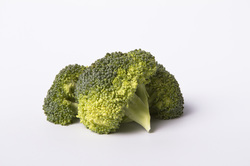
I always change the consistency of broccoli quite quickly depending on how the baby is doing. In addition to the consistency I work towards getting to a place where the baby can hold florets (or multiple florets) in their hands and eat them like that. Broccoli is a great nutritious learning tool for your baby.
When the baby first tried the broccoli he seemed to really enjoy it. One of his favourite things to do with the broccoli was to hold it up to his mouth and suck as much of the water out as he could before eating that piece. He handled the different textures that come along with broccoli very well. If he got small pieces of the florets on his hands (and arms, and chest) he would work at catching them and licking them off and the stem he was able to hold onto and munch away on it.
Broccoli is a good source of fibre and Vitamin C and also contains Iron, Vitamin A, Vitamin B6, Calcium and Magnesium. I always remind parents that many of the foods that the baby is getting contain a good amount of water. Broccoli is a good example of this. Broccoli holds a lot of its water and as I recommend holding off on giving your baby water at first (sips are okay if necessary) offering fruits and vegetables is a good way to ensure the baby is getting enough fluids from both breast milk (or formula) and their food.
Do you have questions about how to feed your baby? Contact Jill, Nurture The Future's Registered Dietitian at nf.nutrition@gmail.com

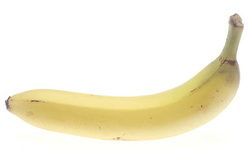
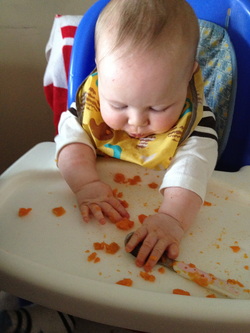
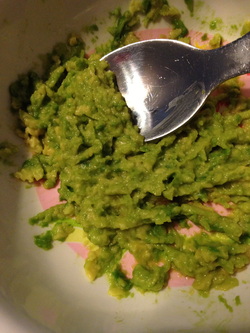
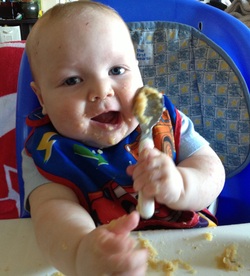
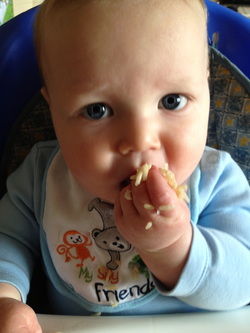
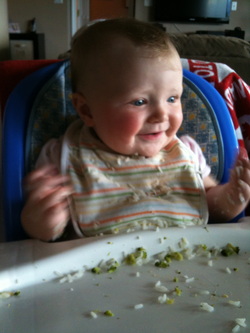
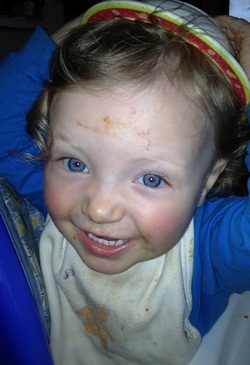

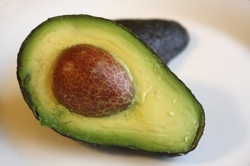
 RSS Feed
RSS Feed

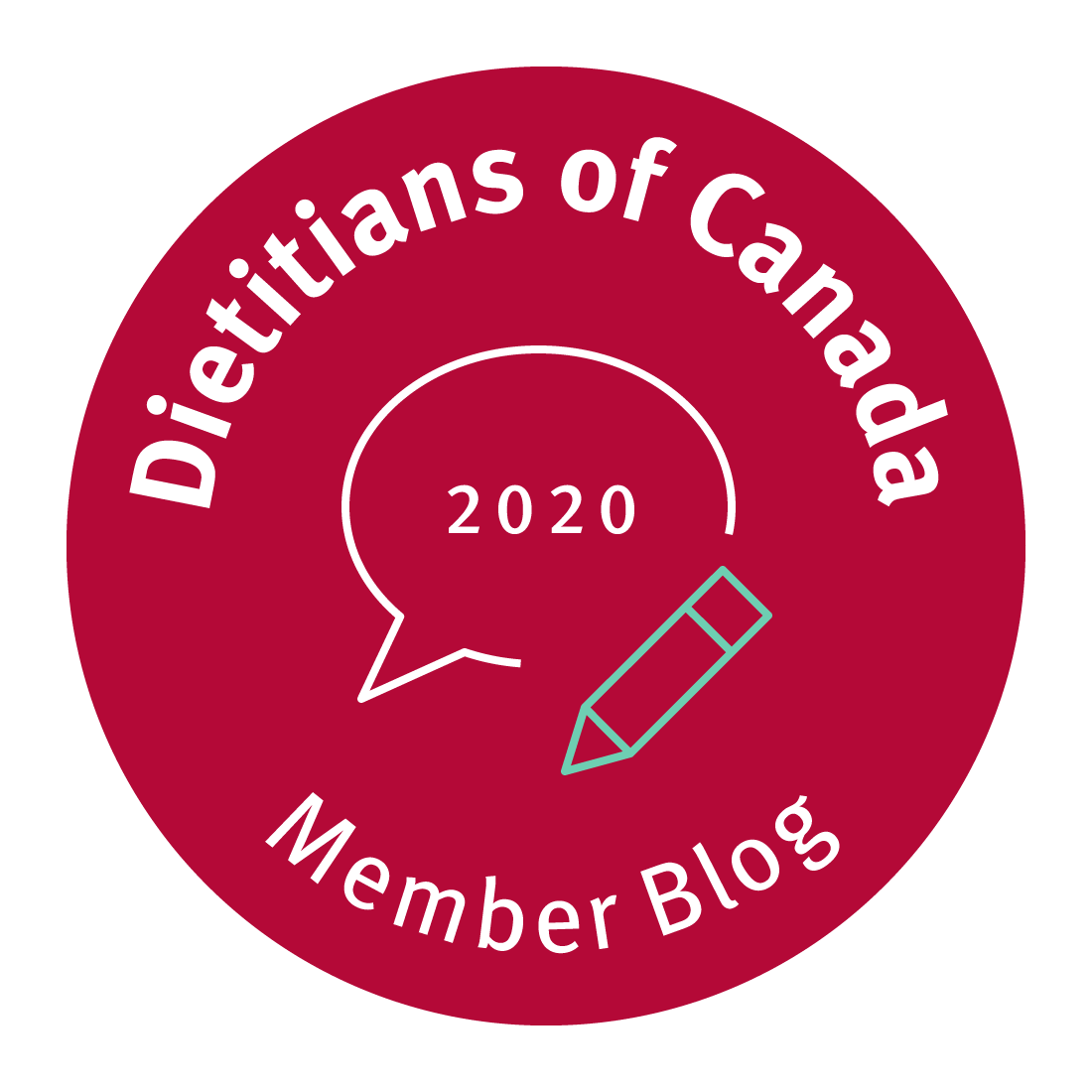.png.aspx?width=150&height=150)
